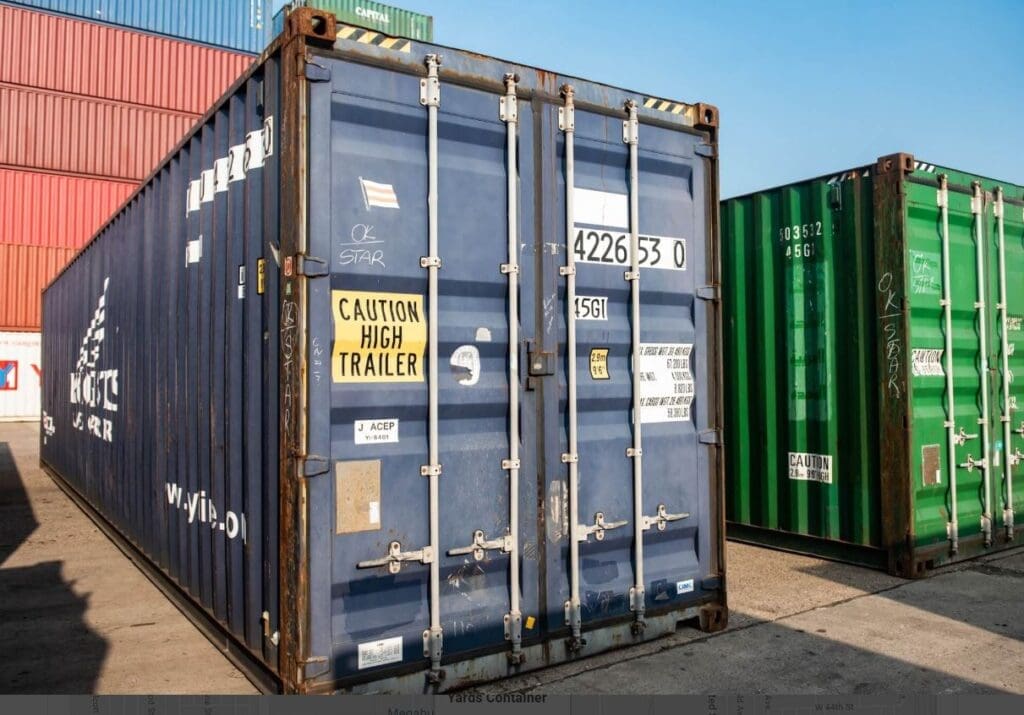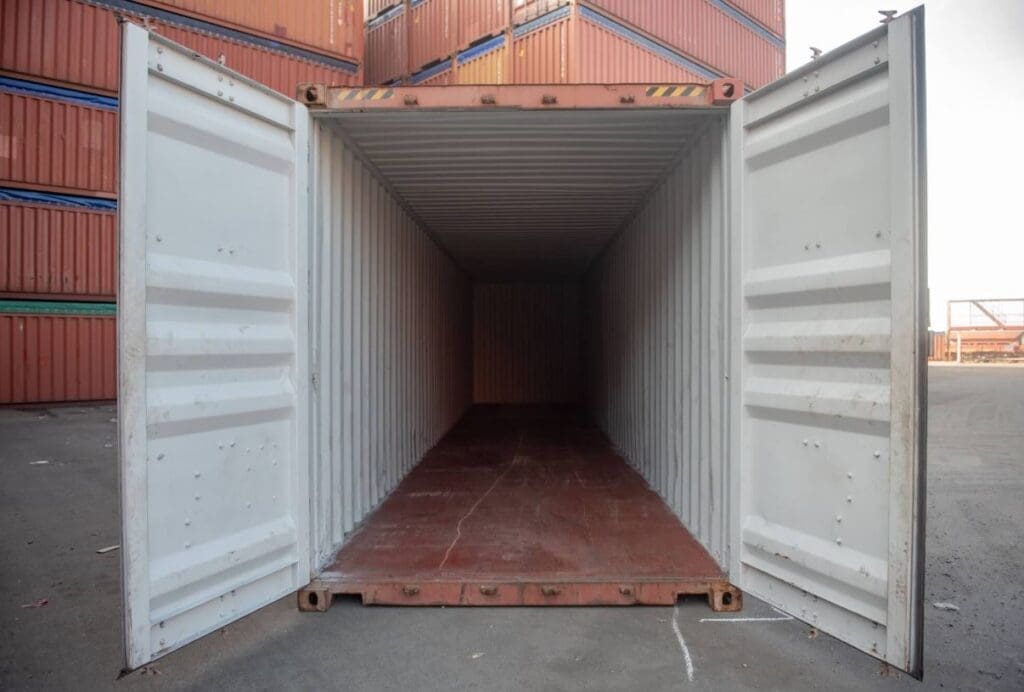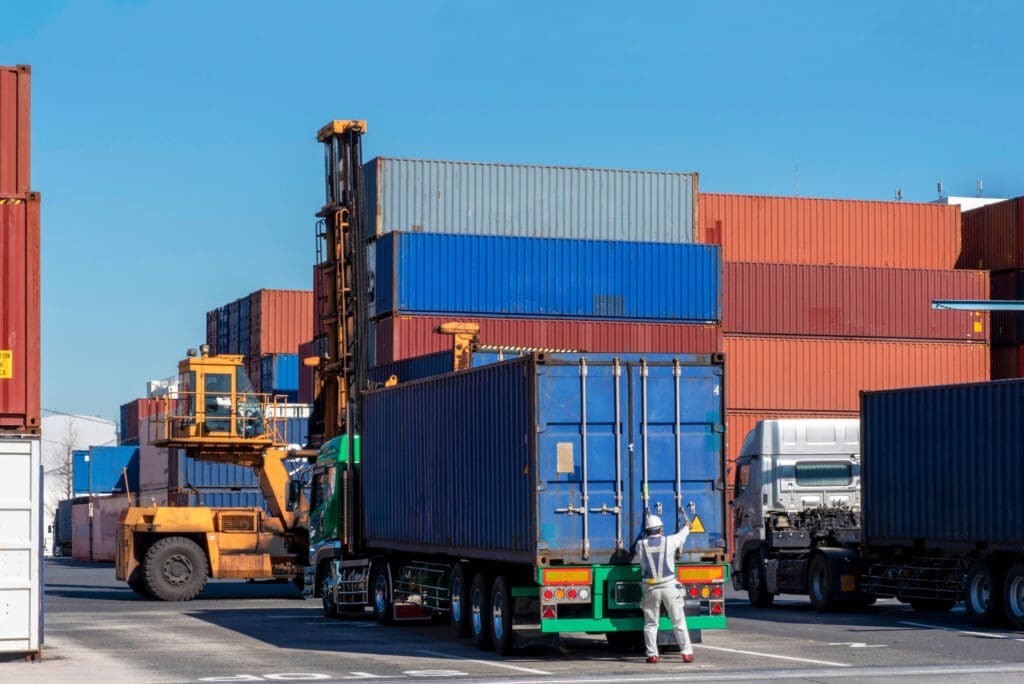Purchasing a cargo container whether for storage, shipping, or a conversion project like a retail shop, home office, or container home is a significant investment. Once your container arrives, it’s essential to inspect it thoroughly to ensure it meets the quality and condition you expected.
Use this step-by-step guide to inspect your cargo container
Condition: What to Expect
New Cargo Containers (One-Trip Containers)
These may have minor dings, scratches, or dents from handling during their one-time trip overseas. Despite this, they are in excellent condition and ideal for those who need a clean, like-new unit.
Used Cargo Containers
After 10 to 15 years of transporting freight across oceans and through various climates, used cargo containers will likely show signs of wear—such as surface rust, dents, or welded patches from professional repairs. This is completely normal and part of their service history.
Exterior Cargo Container Inspection
- Sidewalls
- Check that the Corten steel walls are structurally sound. Surface rust is typical, but there should be no rust holes o
- Doors and Seals
- Doors are critical. They should open and close smoothly. If they’re hard to operate, make sure your container is on level ground—an uneven base can twist the structure and affect door alignment.
- Hinges and Locking Bars
- Test all hinges and locks to ensure they move freely. Apply lubricant after inspection to maintain smooth operation.
- Door Seals and Gaskets
- Inspect cracks or missing rubber gaskets. These seals prevent moisture, dirt, and pests from entering the cargo container.
- Corner Castings
- These reinforced corner fittings are vital for lifting, stacking, and securing the container. Make sure they’re intact and undamaged.
- Gaps and Door Alignment
- When the doors are closed, check for gaps or warping. You shouldn’t see daylight or feel drafts coming through the sealed door edges.
- Roof
- Climb safely or use a ladder to inspect the roof for dents or depressions where water can collect, which may lead to long-term rust issues.

Interior Cargo Container Inspection
- Holes or Light Leaks
- Close both doors from the inside. If you see sunlight coming through any areas, there may be holes in the container’s walls or roof that require repair.
- Flooring
- Check for soft spots or loose panels that could affect safety or usability.
- Most cargo containers have a marine-grade plywood floor made of 19–21 layers (plies). It is mounted over welded steel crossmembers, spaced roughly 12–16 inches apart. Some wear or delamination (layer separation) is acceptable. Delamination should not affect multiple layers or structural integrity.
- Crossmember Bars
- Made of corrosion-resistant steel, the crossmembers underneath the floor are designed to support heavy loads. Make sure there is no rust-through or major deformation.

What to Do If You Find Issues
If you notice any concerns during your inspection:
- Do not let the delivery driver leave until you’ve completed the cargo container inspection.
- Contact your supplier immediately if something is not as expected.
If your container was picked up from a depot, contact your supplier right away to report any condition concerns before you leave the depot facility.
Container Sales Group- Your Trusted Partner for Cargo Containers Nationwide

At Container Sales Group, we thoroughly inspect all cargo containers before delivery to ensure they meet our quality standards. Whether you’re buying a Wind & Water Tight unit for storage or a Cargo Worthy container for export, we make sure you receive the right container for your needs.
Still deciding which container is best for your project? Call us today at 888-320-5938 or Request a Quote to speak with a container expert.



